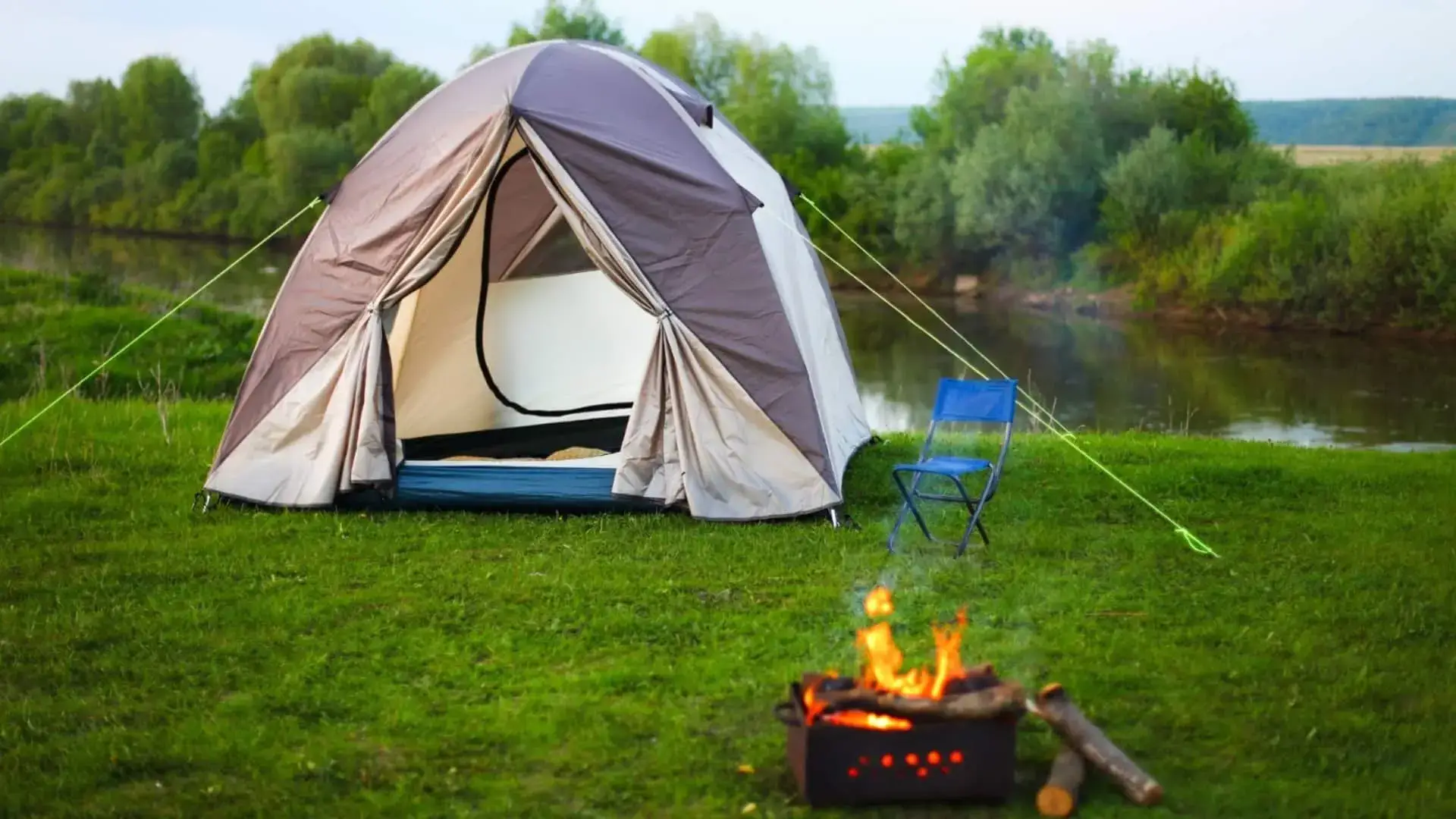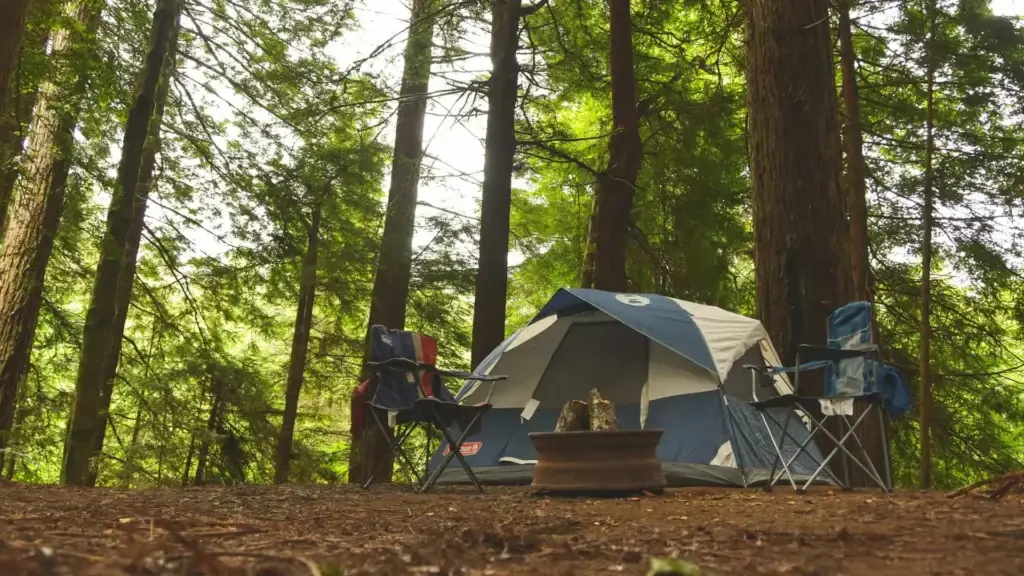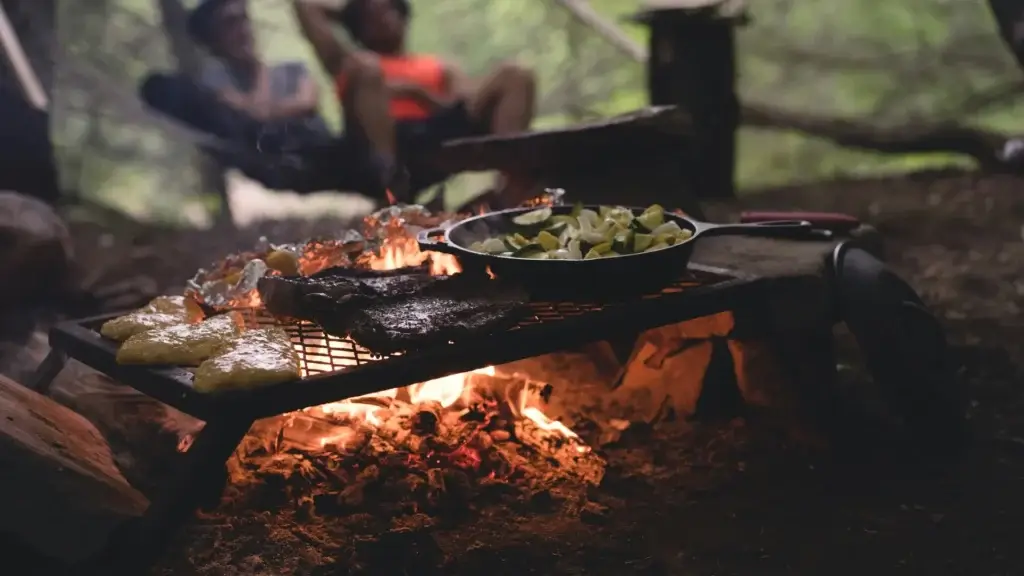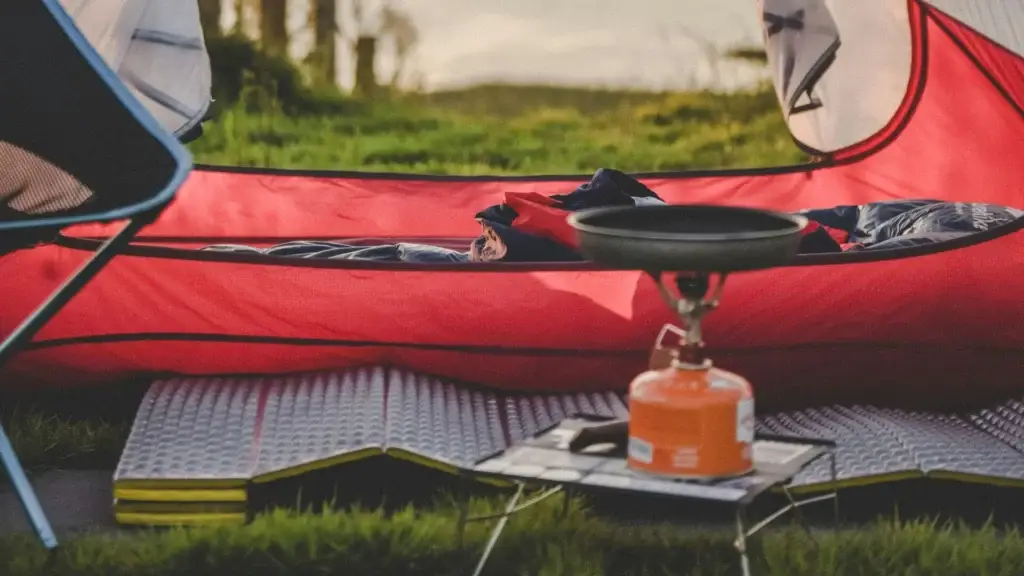
Hot Tent Camping Secrets You’ll Love
Having spent countless nights in the wilderness, I can tell you that winter camping transforms completely with a hot tent. Unlike a typical tent, these remarkable shelters equipped with a wood-burning stove create an incredible heat source for warmth during harsh conditions. Imagine the gentle crackling and rustling of the fire as you’re gathering inside, the smoke wisely directed through an exhaust pipe and pipe attachment through the port in the roof. The canvas material ensures superior heat retention, making it suitable for the coldest weather and winter months.
What sets these shelters apart from cheaper tents is their thoughtful design for tough conditions. The removable floor can detach to prevent freezing to the ground, while the sturdy wall construction prevents tearing. With proper safety and planning, you can create a pleasantly toasty haven for socialising, eating, and sleeping. Whether you’re into dog sledding, skiing, riding snowmobiles, or hunting, a well-maintained stove transforms your adventure by keeping your clothes dry and food warm. The fireplace setup, though requiring careful attention to avoid becoming unusable, creates an ideal space for making fire and heating that surpasses any open fire experience.
Table of Contents
ToggleThe Benefits Of Hot Tents
For seasoned campers seeking a true wilderness experience, nothing beats winter camping in a properly equipped shelter. From my years of guiding family excursions, I’ve found that the biggest advantage is creating a warm home base that shields children from their natural cold susceptibility. After a day of hiking in the outdoors on a bitter cold winter day, the comfort of returning to plus degrees inside while it’s freezing outside feels like the ultimate reward.
The key to a truly comfortable experience lies in understanding the technical aspects. A quality tent with ventilated walls made of breathable fabric (typically cotton/polyester) manages condensation through proper moisture exit. The combination of wood stoves or an open fire provides superior heat retention compared to traditional space heaters. The wood burning smell wafting through the tent walls while sleeping creates an authentic wilderness atmosphere. However, proper safety requirements must be met – including an insulated chimney, chimney opening for smoke exits, and a hot pipe safely distanced from the tent fabric. With good ventilation and careful management of temperature difference, you can enjoy home comfort even in the harshest conditions.

The Disadvantages Of Hot Tents
Through years of guiding wilderness expeditions, I’ve learned that while hot tents excel at winter camping, they come with significant challenges. The most immediate hurdle is the heavy load – carrying everything to your campsite can be quite the workout. Building these shelters isn’t a solo endeavor either; you’ll need at least one extra person, making advance planning essential for any camping trip. Unlike regular camping tents, these specialized shelters are notably expensive, with wood stoves often sold separately, adding to the overall cost consideration.
Drawing from traditional wisdom, including the Sami knowledge developed over centuries, there are alternatives worth considering. Tentipi, for instance, offers a modern tent called the Nordic tipi that balances tradition with innovation. For those seeking better protection against condensation, using an inner tent within your outer tent is effective. While a lightweight tent with lightweight fabric might seem appealing, remember these materials risk melting near an open fire or stove. A cotton/polyester fabric tent, though heavier, better handles the heat and has fewer setup requirements – something I’ve learned through countless winter expeditions.

Essential Safety Guidelines
Having spent countless nights in hot tents myself, I can tell you that proper setup is absolutely crucial for a cozy winter camping experience. While these shelters are generally safe, following the instructions meticulously can make the difference between a comfortable night and a miserable one. The key challenge is preventing cold air from seeping in, which I learned the hard way during my first winter expedition.
The heart of any winter camp setup is the wood stove. Though potentially dangerous, I’ve found that a properly contained fire in your stove keeps the tent toasty even in sub-zero temperatures. The most critical aspect is ensuring your exhaust pipe is correctly positioned and secured – trust me, nothing ruins a camping trip faster than smoke filling your shelter. I always do a test run before settling in for the night, making sure everything is running smoothly before turning in.
⇒Also Read About Essential Types of Camping Tents Explained
Frequently Asked Questions
Q: Are hot tents really safe for winter camping?
Yes, hot tents are very safe when properly assembled. The key is following the setup instructions carefully and ensuring proper ventilation.
Q: How do I prevent cold drafts in my hot tent?
To prevent cold air from seeping in, ensure all seams are properly sealed and the tent is pitched tightly. Regular maintenance of entry points is crucial.
Q: What's the most important safety consideration with a wood stove?
The wood stove is the most dangerous component. The fire must be contained, and the exhaust pipe needs proper installation to prevent smoke buildup in the tent.
Q: Should I keep the stove running all night?
It’s not recommended to keep the stove running while sleeping. Instead, load it up before bed and let it die down naturally.

Conclusion
Winter camping in a hot tent can be an incredibly rewarding experience when done right. By prioritizing safety and following proper setup procedures, you’ll create a cozy winter haven that keeps the elements at bay. Remember, the key to success lies in careful preparation, proper ventilation, and responsible stove management. With these fundamentals in place, you’re well-equipped to embark on your winter camping adventure with confidence and peace of mind.

I have learn a few excellent stuff here. Certainly worth bookmarking for revisiting. I wonder how a lot effort you set to make this type of great informative website.
naturally like your web site but you need to check the spelling on quite a few of your posts. Several of them are rife with spelling issues and I find it very troublesome to tell the truth nevertheless I will certainly come back again.
Okay sir
Does your website have a contact page? I’m having trouble locating it but, I’d like to shoot you an e-mail. I’ve got some suggestions for your blog you might be interested in hearing. Either way, great website and I look forward to seeing it develop over time.
Thanks so much for giving everyone an extremely brilliant possiblity to read critical reviews from this web site. It is often so kind plus packed with a lot of fun for me personally and my office peers to search the blog nearly three times every week to read the fresh guidance you have. And definitely, I’m also certainly astounded with all the superb inspiring ideas you give. Selected 3 tips in this article are certainly the most suitable we’ve had.
I just could not go away your website prior to suggesting that I really enjoyed the standard information a person supply to your guests? Is gonna be again often to check out new posts.
I like this website its a master peace ! Glad I discovered this on google .
excellent post.Never knew this, regards for letting me know.
Keep working ,splendid job!
Thanks for sharing excellent informations. Your site is very cool. I’m impressed by the details that you have on this blog. It reveals how nicely you understand this subject. Bookmarked this website page, will come back for more articles. You, my pal, ROCK! I found simply the information I already searched all over the place and simply could not come across. What a perfect web-site.
As I website possessor I conceive the articles here is real great, regards for your efforts.
very good put up, i actually love this website, keep on it
I just like the helpful information you provide in your articles. I will bookmark your weblog and check again here frequently. I am quite sure I will be told lots of new stuff right right here! Good luck for the next!
You actually make it appear really easy together with your presentation however I find this topic to be actually something that I believe I would never understand. It kind of feels too complex and very vast for me. I am looking forward on your subsequent post, I will try to get the hang of it!
It¦s actually a great and helpful piece of info. I am glad that you shared this useful info with us. Please stay us up to date like this. Thank you for sharing.